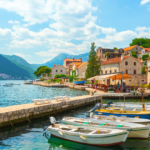Last Updated on December 27, 2023 by Rikki
Join me on an extraordinary adventure along the legendary Absinthe Trail in Switzerland. Get ready to discover the captivating history and enchanting flavors of this iconic green spirit as we delve into the heart of Absinthe’s homeland.
We’ll explore picturesque regions, from Val-de-Travers to Pontarlier, and discover the production process, from wormwood cultivation to distillation. Along the way, we’ll indulge in tastings of renowned absinthe varieties, marvel at the natural wonder of Creux du Van, and revel in the passion and creativity of absinthe enthusiasts.
Key Takeaways:
- The Absinthe Trail Switzerland is a mesmerizing adventure through the heart of absinthe’s homeland.
- The trail winds through picturesque regions, including Val-de-Travers and Pontarlier, where absinthe was born.
- We’ll uncover the production process, indulge in tastings, and experience the passion of absinthe enthusiasts.
- Don’t miss the natural wonder of Creux du Van and the opportunity to separate fact from fiction regarding absinthe’s legends and mystique.
Uncovering the Origins of Absinthe: Val-de-Travers and Pontarlier
As I began my journey along the Absinthe Trail Switzerland, I found myself captivated by the region where this iconic green spirit was born. The Val-de-Travers, located in the canton of Neuchâtel in Switzerland, was the first stop on my itinerary. Here, I learned about the clandestine distilleries where absinthe was produced during its heyday in the 19th century. I visited the charming town of Môtiers, known as the birthplace of absinthe, and explored its winding streets and picturesque architecture.
After my visit to the Val-de-Travers, I crossed the border into France to explore the town of Pontarlier. Often referred to as the “absinthe capital of the world,” Pontarlier was a hub for absinthe production during its golden age. Here, I discovered the rich history of absinthe and its cultural significance in France, from the artists and writers who were inspired by it, to the infamous “hour of the green fairy.”
The Val-de-Travers and Pontarlier are both essential stops on the Absinthe Trail Switzerland, revealing the beginnings of this beloved spirit and its impact on European culture.
Following the Route de l’Absinthe: A Historic Trail
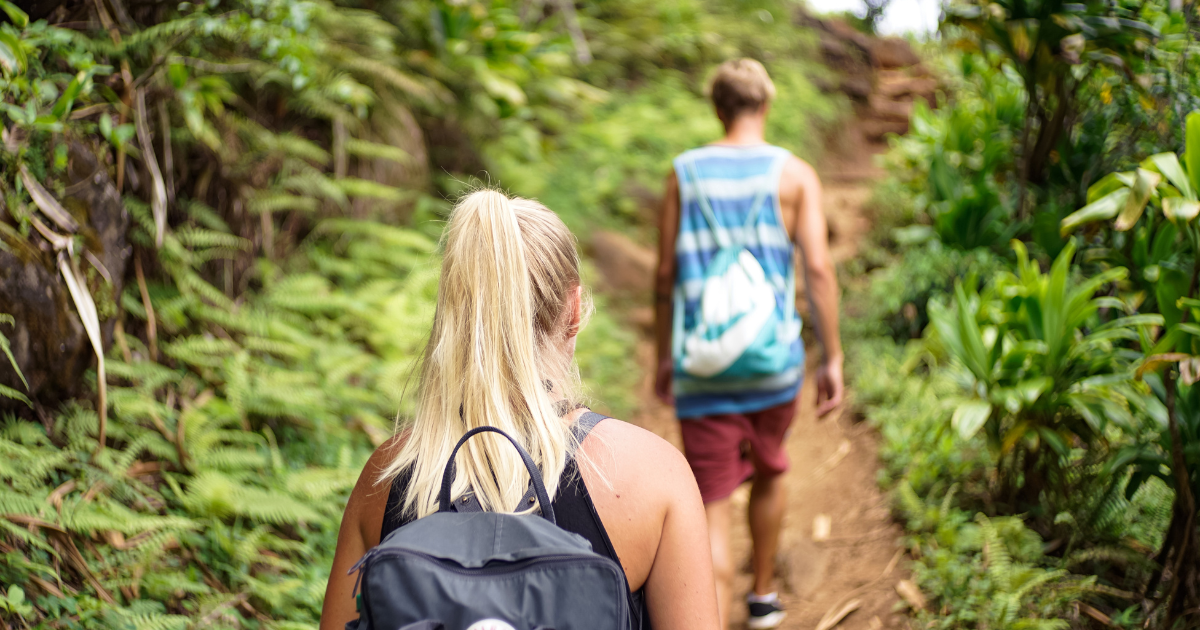
As I continued my journey along the Absinthe Trail Switzerland, I found myself immersed in the enchanting Route de l’Absinthe. This historic trail winds through picturesque landscapes, taking visitors to distilleries and tasting rooms where they can learn about the production process and indulge in tastings.
The route begins in the charming town of Môtiers in the Val-de-Travers region of Switzerland, where absinthe was born. Here, visitors can explore the clandestine distilleries and learn about the town’s fascinating absinthe history. Crossing the border into Pontarlier, France, visitors can discover more about the region’s rich absinthe history.
One of the highlights of the Route de l’Absinthe is visiting the distilleries themselves and learning about the production process. From the cultivation of wormwood and anise to the distillation of the ethereal green liquor, visitors can gain a deeper understanding of the craft behind absinthe production.
But the Route de l’Absinthe is not just about learning – it’s also about indulging. Tasting rooms offer visitors the chance to sample different varieties of absinthe, each with their own unique flavor profile. Whether you prefer a more herbaceous or floral taste, there is an absinthe to suit every palate.
The Route de l’Absinthe truly is a historic trail, full of enchanting stories and captivating flavors. As I continued my journey, I couldn’t help but feel fortunate to be experiencing the magic of absinthe’s homeland.
If your interests lie in hiking and traditions, you may discover the mystique of the Fairy Villages and Trails of Azerbaijan to be quite fascinating.
Exploring the Jura Mountains: Absinthe in Couvet

As I continued my journey along the Absinthe Trail Switzerland, I found myself venturing into the breathtaking Jura Mountains. The charming town of Couvet was my next destination, known as the birthplace of absinthe.
The town’s rich history with absinthe production dates back to the early 19th century when Henri-Louis Pernod established the first absinthe distillery in Couvet, Switzerland.
Today, Couvet remains an epicenter of absinthe culture, boasting several distilleries that produce some of the most unique and flavorful varieties of absinthe.
As I explored the town, I was struck by its idyllic setting surrounded by stunning mountain landscapes. I visited several tasting rooms, where I indulged in tastings of Couvet’s renowned absinthe varieties, known for their almost fruity flavors. The distillers shared their knowledge of the unique production process, blending wormwood, anise, and other flavorful herbs to create the perfect absinthe blend.
Discovering the Charm of Couvet
Aside from its absinthe culture, Couvet is a charming town with plenty to explore. I took a stroll through the town’s streets, admiring the quaint architecture and picturesque setting. One of the highlights of my visit was a visit to the Doubs river, which runs through the town and offers beautiful views.
Couvet is also home to several cozy restaurants and cafes where I enjoyed delicious local cuisine, paired with of course, a glass of absinthe. The town is a true gem, embodying the spirit of the Absinthe Trail and Switzerland’s rich cultural heritage.
Absinthe Festivals and Boveresse: A Celebration of the Green Fairy
One of the most delightful experiences on the Absinthe Trail Switzerland is attending the Absinthe festivals. And the one that takes the cake is the annual absinthe festival at Boveresse, a small town in the Val-de-Travers region of Switzerland.
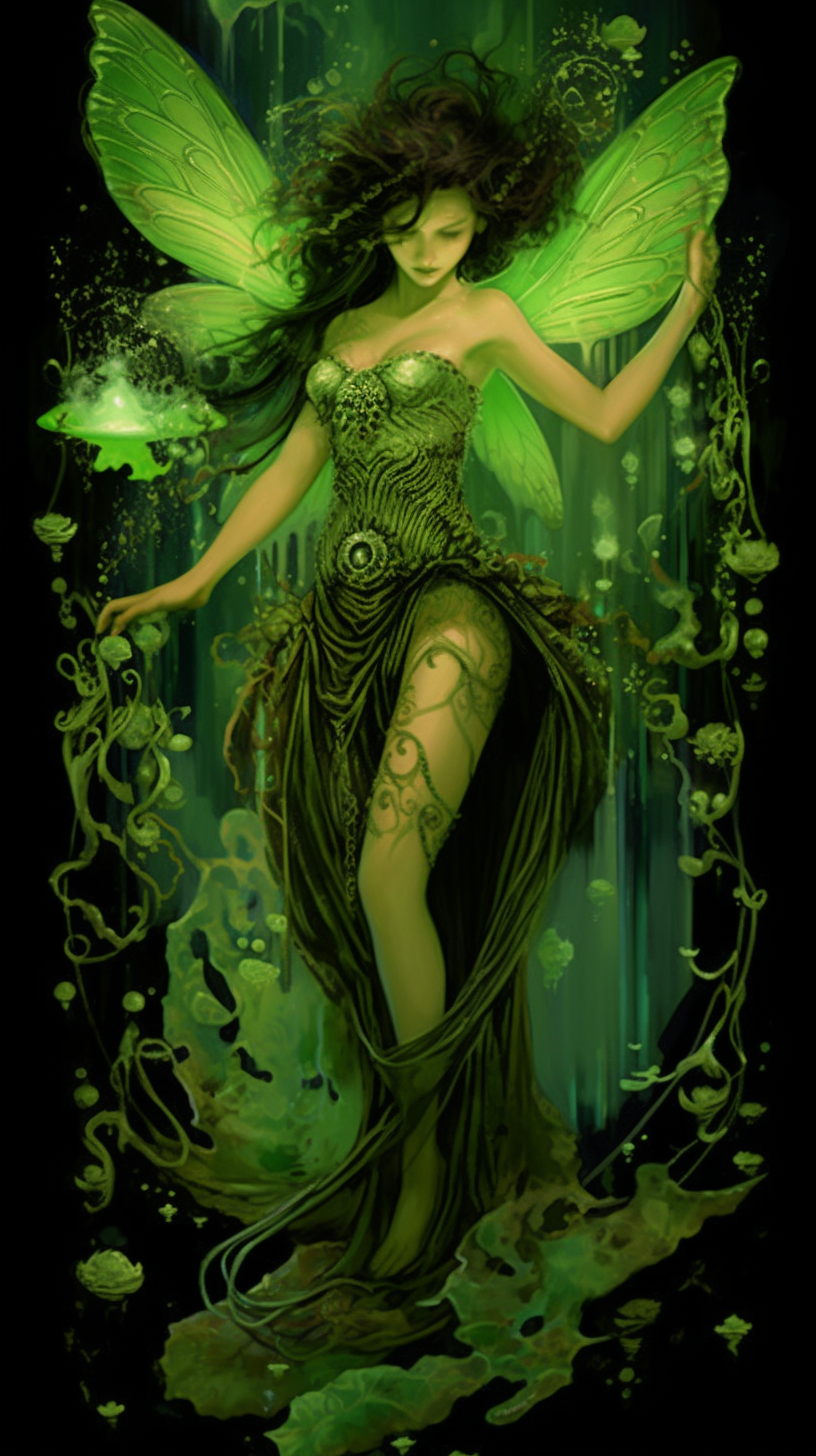
The festival is a celebration of all things green fairy, and you are guaranteed to leave with a newfound appreciation for absinthe. The town’s streets come alive with the sights, sounds, and smells of the beloved spirit, as locals and visitors alike come together to share their passion for absinthe.
You can take part in tastings, visit distilleries, learn about the history of absinthe, and indulge in the creativity of absinthe enthusiasts who showcase their best absinthe creations. It’s a fantastic opportunity to learn about the production process, mingle with the locals, and revel in the charm of the Swiss countryside.
Experience the Passion and Energy of the Absinthe Festivals at Boveresse
The festival is one of the most exciting experiences on the Absinthe Trail Switzerland, and the festivities are simply infectious. You’ll feel the energy and enthusiasm of the locals and visitors alike as you stroll through the town’s streets, soaking in the festive atmosphere.
“The absinthe festival at Boveresse was a once-in-a-lifetime experience. The town’s streets were alive with the sights, sounds, and smells of absinthe, and the enthusiasm of the locals was infectious. I tasted some of the best absinthe creations I’ve ever had and learned so much about the spirit’s history and production process. It’s an experience I’ll never forget.”
You’ll have the chance to sample a wide variety of absinthe, from traditional recipes to innovative new blends. You can even take part in a tasting workshop, where you’ll learn how to properly prepare and serve absinthe, as well as taste different types of absinthe.
The festival is a truly unique and unforgettable experience, and it’s one of the many reasons why the Absinthe Trail Switzerland is a must-visit destination for absinthe lovers.
The Resurgence: Absinthe’s Re-Legalization in Switzerland
One of the most remarkable stories in Absinthe’s history is its ban and subsequent resurgence in Switzerland. Absinthe was re-legalized in Switzerland in 2005, after a ban that had lasted nearly a century. The ban was originally imposed due to concerns over absinthe’s supposed hallucinogenic properties, which were later found to be largely unfounded.

Since the re-legalization, Switzerland has embraced its absinthe heritage and now boasts around twenty microdistilleries producing this beloved elixir. These artisan producers have developed unique and innovative techniques to create authentic, high-quality absinthe.
In fact, Swiss absinthe has gained a reputation as some of the best in the world, with connoisseurs flocking to the country to taste the latest and greatest varieties. If you’re intrigued by the world of absinthe and want to delve deeper into its rich history and production, you can explore our comprehensive guide to “The Green Fairy” and its mystique.
The production of absinthe in Switzerland is a complex and labor-intensive process, often involving dozens of herbs, roots, and botanicals. Wormwood, the plant that gives absinthe its distinctive flavor and aroma, is grown and harvested throughout the region. The distillation process is carefully monitored and regulated, ensuring that each bottle of absinthe is of the highest quality.
Swiss absinthe is a testament to the resilience and ingenuity of the human spirit, overcoming a century of prohibition to become one of the most beloved spirits in the world. Join me on the Absinthe Trail Switzerland to taste the fruits of this remarkable resurgence and discover the enchanting world of Absinthe for yourself.
Nature’s Marvel: Creux du Van and the Absinthe Trail
While the Absinthe Trail is undoubtedly filled with fascinating history and delicious flavors, no trip to the region is complete without a visit to the natural wonder of Creux du Van. This rocky amphitheater, carved out by glaciers over millions of years, offers breathtaking views and a peaceful escape from the hustle and bustle of the city.
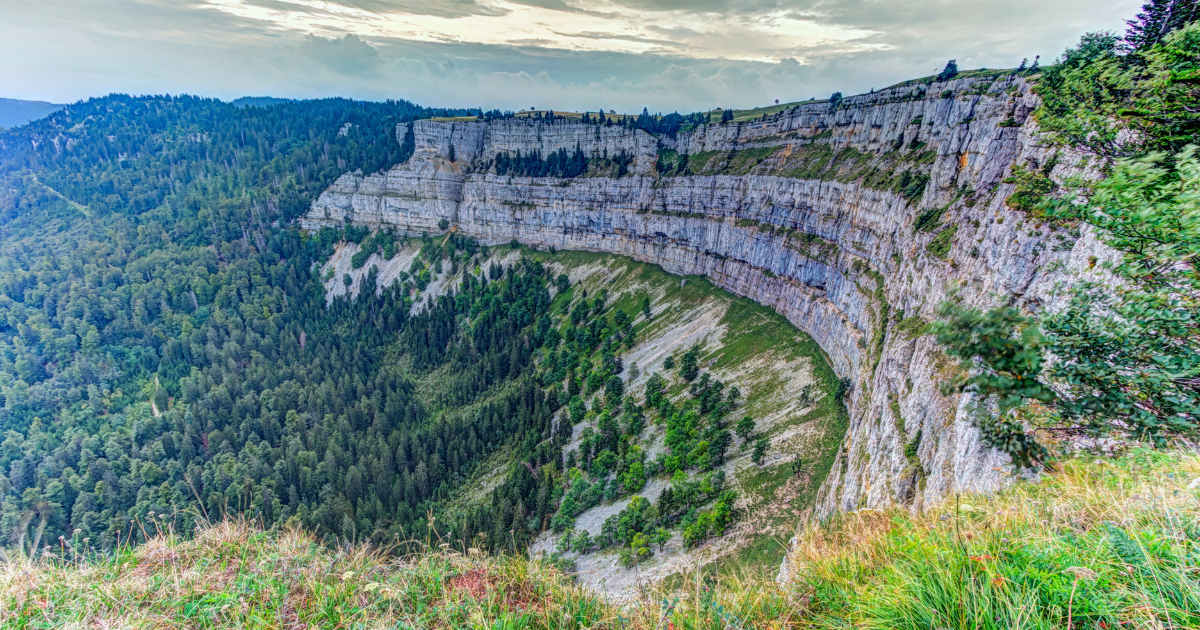
The hike up the mountain trail may be challenging, but the rewards at the top are truly worth it. As you ascend, take in the stunning scenery, including rolling hills, lush forests, and pristine lakes. And when you reach the top, the view of the dramatic cliffs and expansive valley below is simply breathtaking.
But perhaps the most beautiful aspect of Creux du Van is the silence. The trail is often uncrowded, allowing you to revel in the stillness of nature and truly escape from the stresses of everyday life. It is the perfect complement to the lively and vibrant energy of the Absinthe Trail.
So be sure to take a break from sipping absinthe and embark on a journey to this marvelous natural wonder. Creux du Van is an experience that will leave you refreshed, rejuvenated, and in awe of the beauty of Switzerland’s Jura Mountains.
Absinthe Legends and Mystique: Fact vs. Fiction
It’s no secret that absinthe has a mystique surrounding it, with rumors of hallucinogenic properties and sinister effects. But as a professional journalist, it’s my duty to separate fact from fiction. So let’s dive into the legends and myths surrounding absinthe and see what’s actually true.
The Hallucinogenic Properties of Absinthe
One of the most common myths about absinthe is that it causes hallucinations. However, this simply isn’t true. The active ingredient in absinthe is thujone, which is found in wormwood. While high levels of thujone can be toxic, the levels found in absinthe are not high enough to cause hallucinations.
In fact, the supposed hallucinatory effects of absinthe can be attributed to the high alcohol content. Absinthe is usually around 50-75% ABV, which is significantly higher than most other alcoholic drinks. It’s no wonder that people might experience some strange sensations after drinking it!
The Absinthe Ritual
Another common myth surrounding absinthe is the idea of an elaborate ritual associated with drinking it. While there are certain traditions associated with drinking absinthe, they are not as widespread or as complex as some people believe. In reality, there are many ways to enjoy absinthe – some people prefer to dilute it with water, while others prefer it straight up!
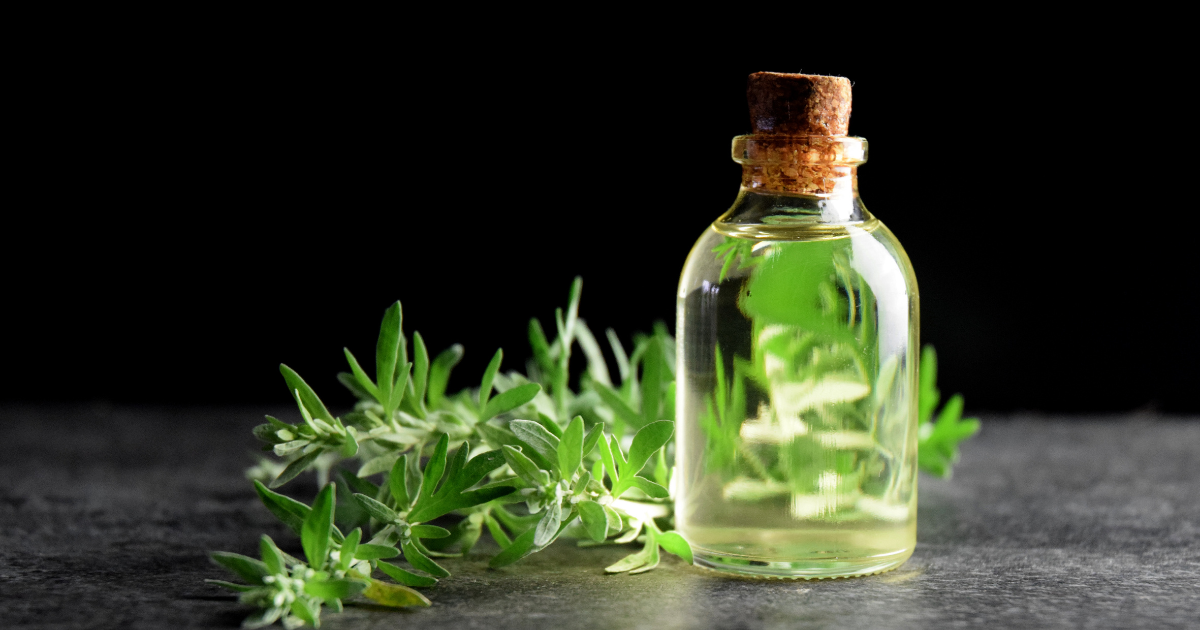
The Green Fairy
Absinthe is often referred to as the “green fairy,” a nickname that seems to imply some sort of supernatural power. However, the origins of this nickname are actually quite mundane. The green color of absinthe comes from the chlorophyll in the herbs used to make it. The term “fairy” may have been used because of the drink’s otherworldly reputation, or because of the way it seems to glow in the glass.
The Cultural Significance of Absinthe
Despite the myths and misconceptions surrounding absinthe, there’s no denying the drink’s cultural significance. Throughout history, absinthe has been associated with artists, writers, and bohemians. In the late 19th and early 20th centuries, it was banned in many countries because of its supposed negative effects. Today, absinthe is legal in most countries and is enjoyed by people around the world.
So there you have it – the truth behind some of the most common legends and myths surrounding absinthe. While there’s no denying the allure and mystique of this iconic spirit, it’s important to separate fact from fiction and enjoy it responsibly. Cheers!
Conclusion

What a journey it has been! Exploring the Absinthe Trail in Switzerland has been an unforgettable adventure, brimming with rich history, captivating legends, and tantalizing flavors. As I look back on my journey, I am filled with gratitude for the opportunity to delve into the heart of Absinthe’s homeland and experience its allure firsthand.
Throughout my travels, I discovered the origins of absinthe in Val-de-Travers and Pontarlier, and followed the enchanting Route de l’Absinthe, learning about the unique production process along the way. In the Jura Mountains, I indulged in tastings of Couvet’s renowned absinthe varieties and took in the breathtaking landscapes.
Boveresse’s annual absinthe festival was a vibrant explosion of creativity and passion for the green fairy, while the re-legalization of absinthe in Switzerland in 2005 marked a new chapter in its history. I also explored the natural wonder of Creux du Van, which offered a serene and awe-inspiring experience on the trail.
As I conclude this journey, I cannot help but reflect on the myths and legends surrounding absinthe and its lasting impact on culture and society. The allure of the green fairy is undeniable, and the science behind its effects is fascinating.
Toast to Memories
I raise a glass of absinthe to toast the memories made on this remarkable adventure, a journey that has left an indelible mark on me. I hope that this article has inspired you to explore the Absinthe Trail Switzerland, and experience the enchantment of this iconic spirit’s homeland for yourself.
As we close this chapter, I am reminded that the journey never truly ends. There will always be more to discover, more flavors to taste, and more stories to uncover. Until we meet again, cheers to the next adventure.
FAQ: Take the Hiking Trail and Experience a Glass of Absinthe
Q: What is Môtiers?
A: Môtiers is a city in Switzerland known for its historical connection to absinthe. It is considered the birthplace of absinthe and is often referred to as the “home of the green fairy.”
Q: What is wormwood?
A: Wormwood is a primary ingredient in absinthe. It is a type of herb known for its bitter taste and is believed to have hallucinogenic properties.
Q: What does hallucinogenic mean?
A: Hallucinogenic refers to substances or experiences that can cause hallucinations, which are perceptions of things that are not actually there. In the context of absinthe, it is believed that wormwood’s presence can induce hallucinations.
Q: What are the types of absinthe?
A: There are various types of absinthe, including traditional absinthe, blanche absinthe (clear), verte absinthe (green), and flavored absinthe.
Q: What is the madness of absinthe?
A: The “madness of absinthe” refers to the notion that absinthe consumption can lead to madness or insanity. This belief was prevalent during the time when absinthe was banned in several countries.
Q: What is Fée Verte?
A: Fée verte, which means “green fairy” in French, is a term commonly used to refer to absinthe. It symbolizes the vibrant green color of the drink and the supposed hallucinogenic effects it can have.
Q: Where can I find absinthe in Switzerland?
A: If you are looking for absinthe in Switzerland, the city of Môtiers is a popular destination. It is known for its historical connection to absinthe production and offers various absinthe-related attractions, including distilleries and tastings.
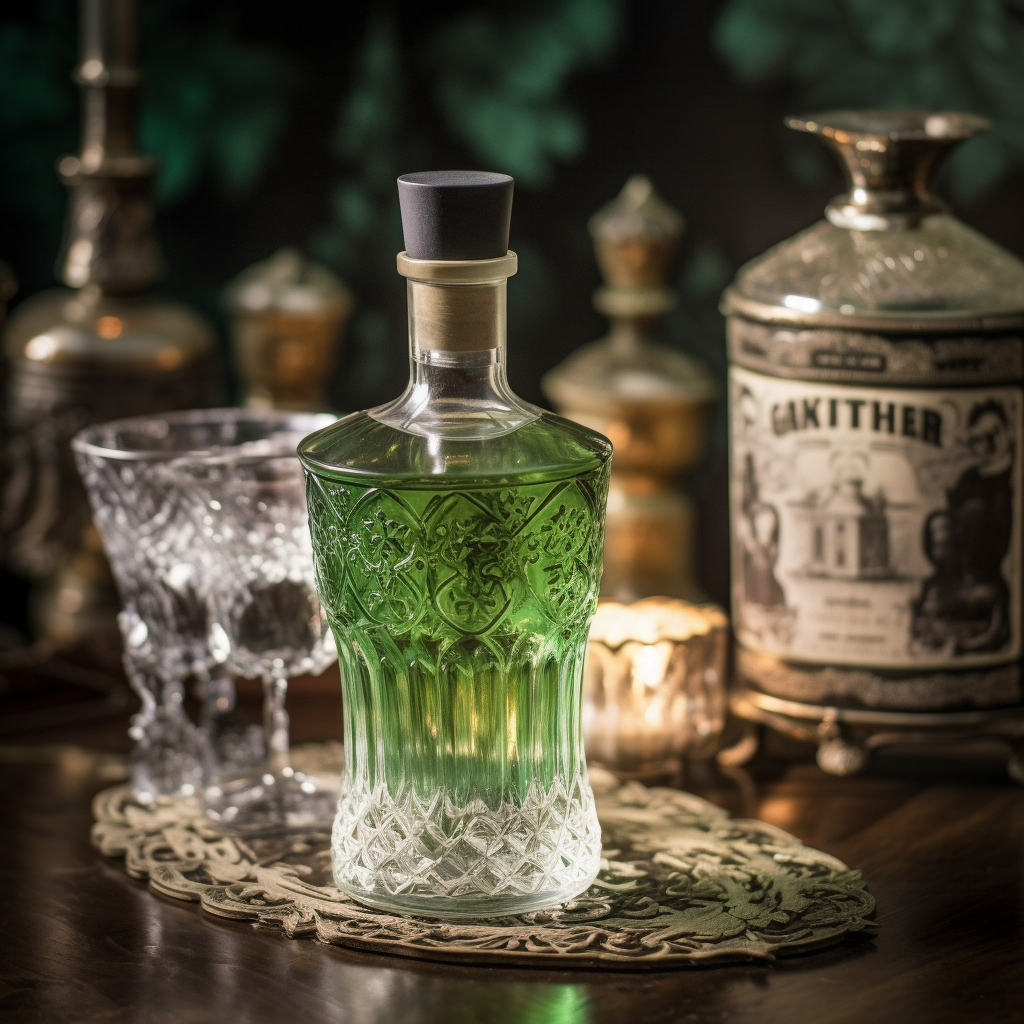
Q: How is absinthe produced?
A: Absinthe is produced through a distillation process. It involves macerating or steeping wormwood, along with other botanicals, in alcohol and then distilling the mixture to create a flavorful and aromatic spirit.
Q: Is there any almost fruity absinthe available?
A: Yes, there are absinthes available that exhibit fruity flavors and aromas. Some varieties may include ingredients like star anise, which can contribute to a more fruity taste profile.
Q: Can I reach Môtiers by train?
A: Yes, you can reach Môtiers by train. You can take a local train from Geneva and enjoy a scenic journey across the border before arriving at your destination.
Resources
- Val-de-Travers Tourism (Official Absinthe Trail Information): The official tourism website for Val-de-Travers, the birthplace of Absinthe, should have information about the Absinthe Trail and related events.
- Pontarlier-Pontarlier Region Tourist Office: This is the official tourist office website for Pontarlier in France, which is also closely associated with Absinthe. The site may have information on absinthe-related festivals and events in the region.
- Fête de l’Absinthe – Boveresse, Switzerland: Boveresse is a village in Switzerland known for its annual Absinthe Festival (Fête de l’Absinthe). You can search for the official website or event information to find details about the festival.
- Absinthe Museum in Môtiers: The Absinthe Museum in Môtiers, Switzerland, is a significant attraction on the Absinthe Trail. Search for the official website to learn more about the museum and any associated events or exhibitions.
- La Clandestine – Absinthe Distillery in Couvet: La Clandestine is a renowned Absinthe distillery in Couvet, Switzerland. Their website should provide information about tours, tastings, and events related to absinthe.
Please note that the availability of festivals and events may vary from year to year, so it’s a good idea to check the official websites for the most up-to-date information on the Absinthe Trail and related activities in Switzerland and France.
In the meantime, happy traveling. 🙂











